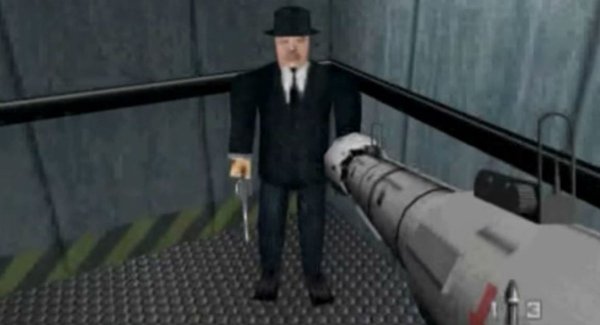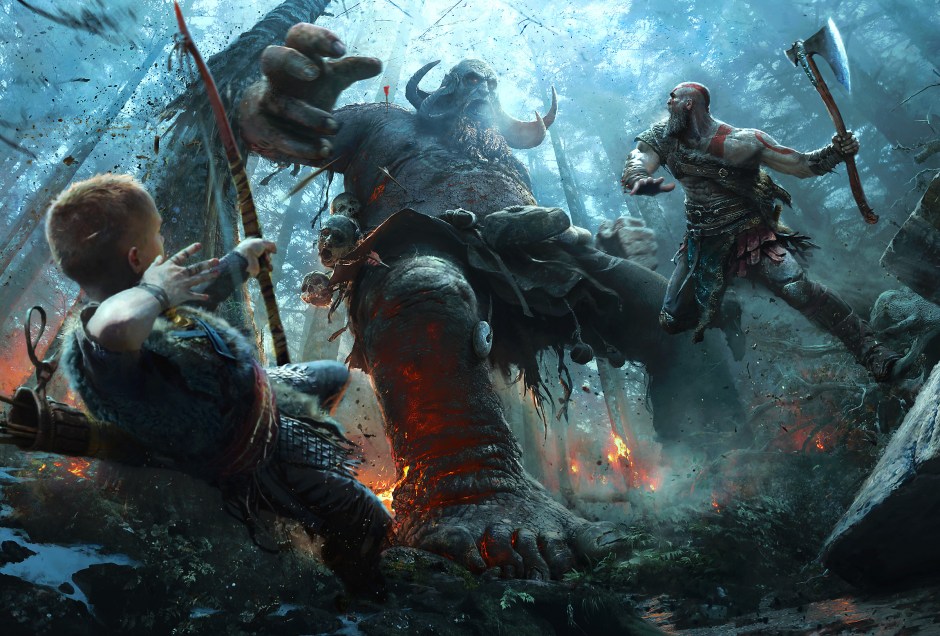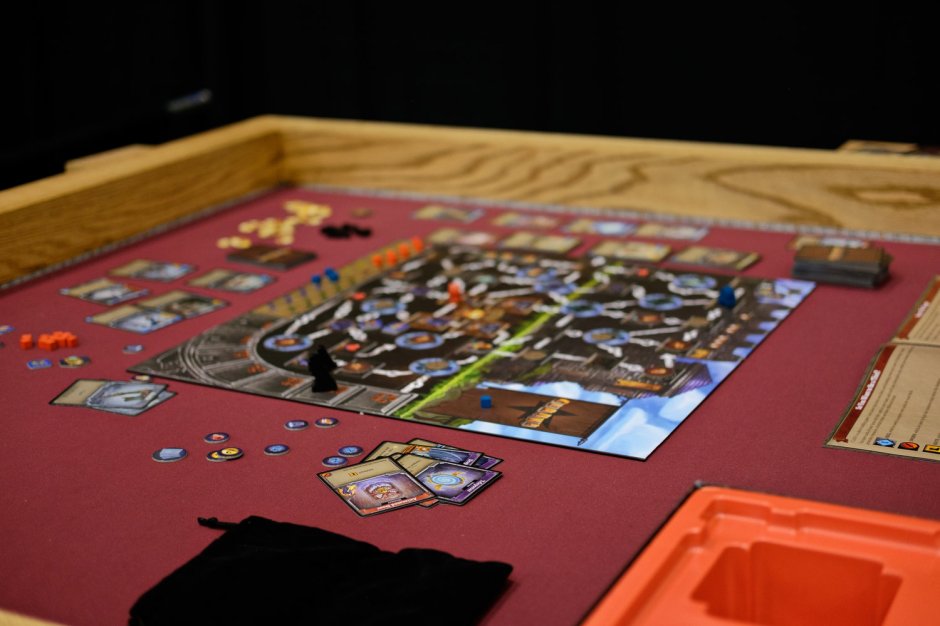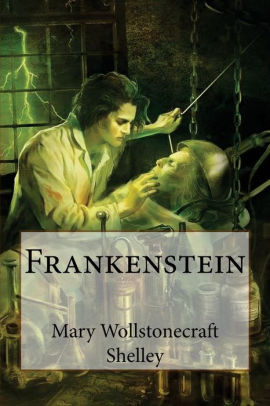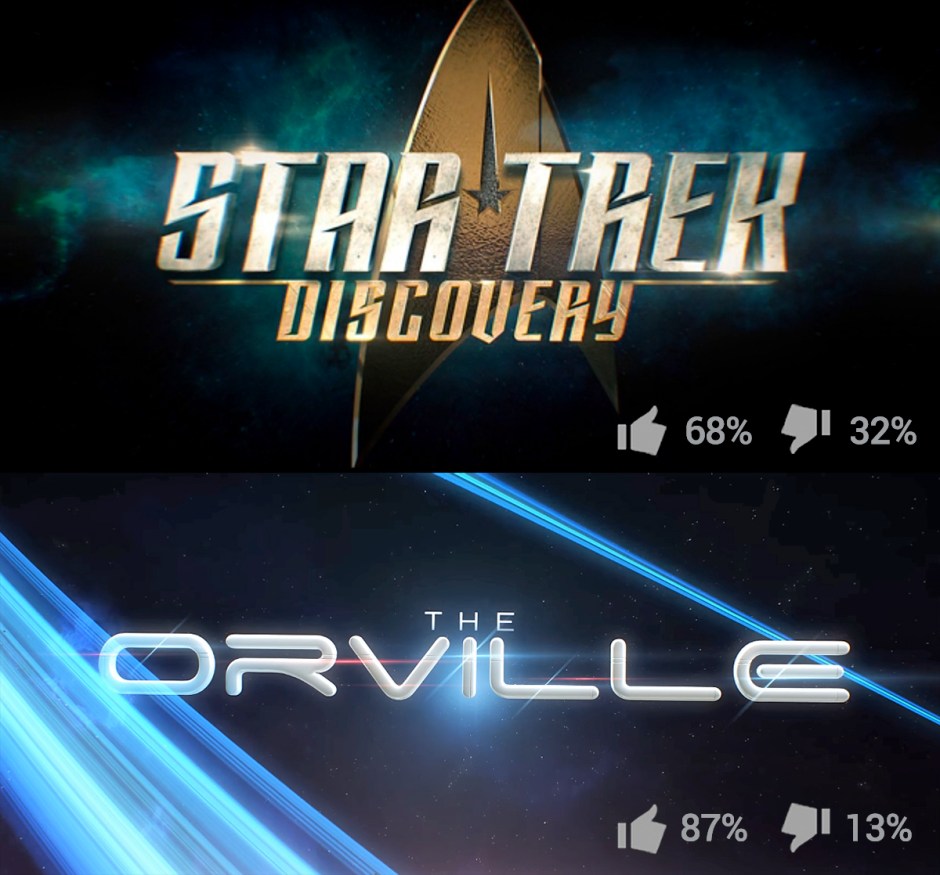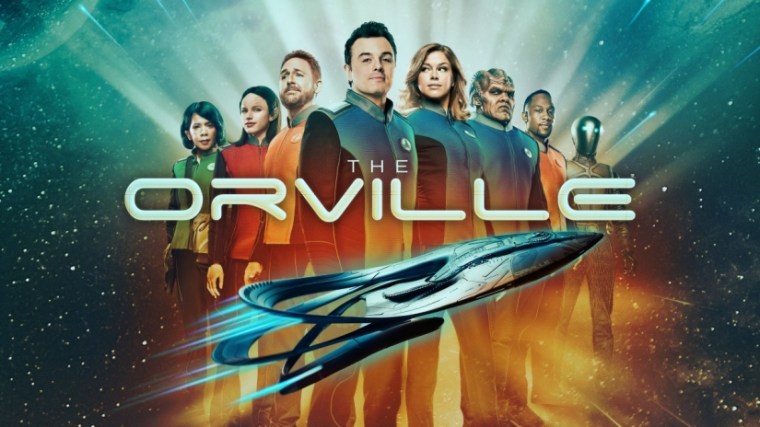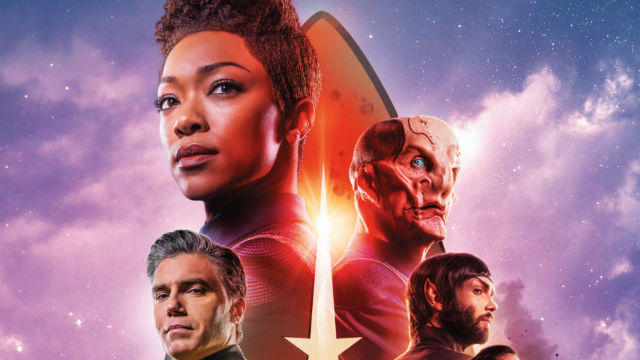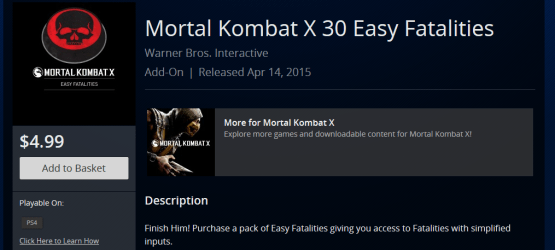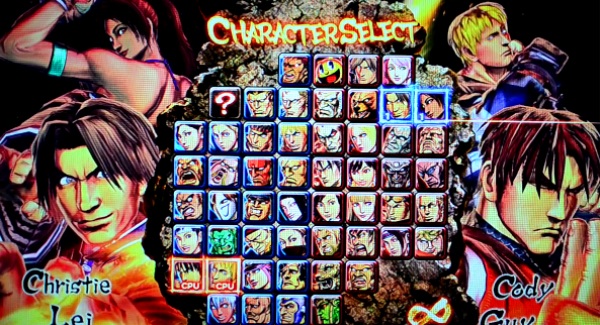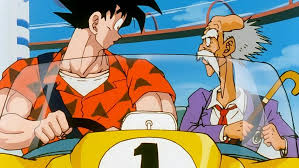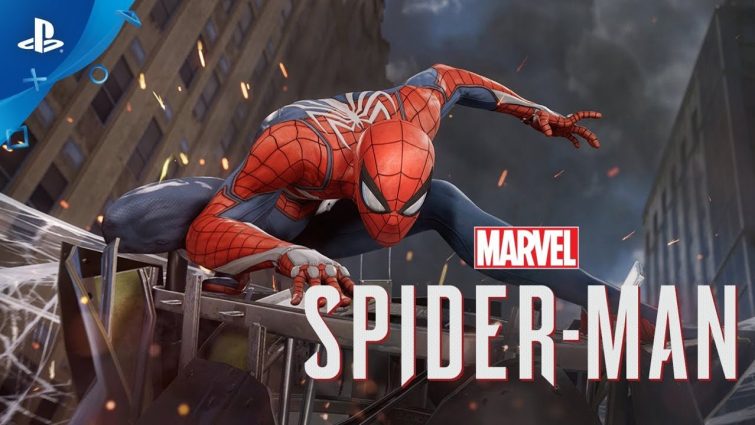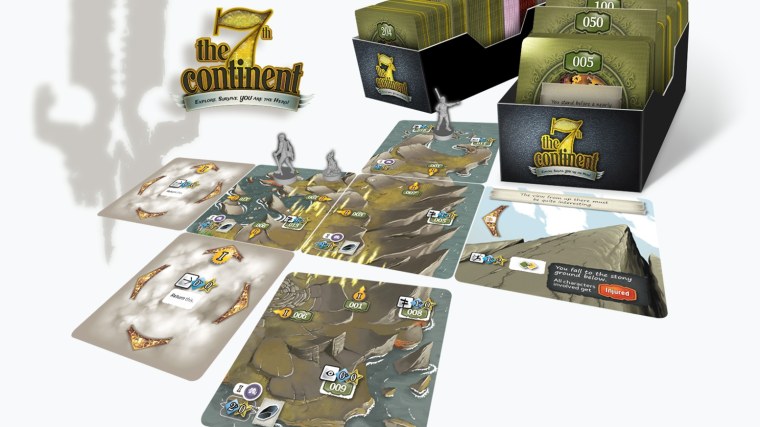I like a lot of mods for my video games. I can’t win half of the games in my library without them. Okay, I’m not that bad, but who wants to figure out the exact pressure point for a locked door when a mod with show you a color wheel with where you should place your bobby pin? Yep. That’s a Bethesda game or two, and they’ll make this list, but there are so many other modding communities out there. Which games have the most mods?
There are some your uncle Geekly likes more than most, so he decided to make a list of them. Here goes nothing.

Fallout 3 / Fallout New Vegas
I could’ve put either one of these games or both on this list by themselves. Modders have made tons of mods for each of these games (unique weapons, new content, better graphics, show me where to place my lockpicks), but I put them together because of one ambitious mod: A Tale of Two Wastelands.
As the name implies, A Tale of Two Wastelands stitches the two games together into a single experience. Holy coconuts!
This means you can create a character for one of these games and ride a train from the Capital Wasteland to the Mojave Desert and back again. Imagine playing both games with the same character. You can.

Minecraft
What? Minecraft’s on this list, but players can build anything they can imagine. Why would you need to mod a game like that?
Because it’s awesome.
Sometimes thousands of options for textures aren’t good enough, you need millions. What’s it to you if I loaded Minecraft, and a game of Pokemon broke out on my computer? It’s my prerogative.
And gamers have as many options in this game as grains of sand in my shorts after I visit the beach, and there’s nothing wrong with that.

Warcraft III
Other games may have passed Warcraft III with sheer number of mods, but the original video game—the OVG if you will—that introduced many gamers to modding is Warcraft III.
Defense of the Ancients (DotA) and perhaps multiplayer online battle arenas (MOBAs) genre wouldn’t exist without someone modifying a map from Warcraft III: Reign of Chaos and The Frozen Throne. There’s also a lot more modding that happened with the expansions.
Just about any intellectual property can be found in the Warcraft III modding community: anime, comic books, Lord of the Rings, Mass Effect, and Star Wars to name a few. If you can think of it, there’s a good chance something like what you thought of exists.
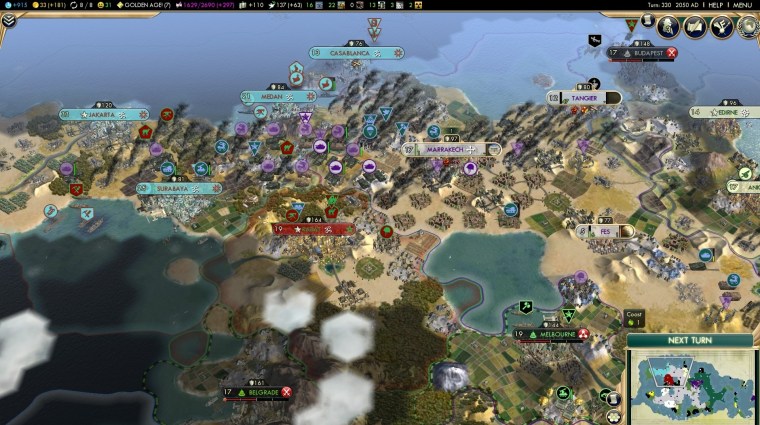
Sid Meier’s Civilization V
The Civilization franchise may have progressed beyond its heyday, but Civilization V’s modding community makes it memorable. I’ve lost count of how many cheats and historically accurate civs and specific scenarios I’ve downloaded. It’s in the hundreds.
And that’s if you don’t count video game character, comic book, and other sci-fi fantasy civilizations. Who wouldn’t like to play as Princess Peach and stomp Mario, Luigi, and Bowser? I’ve played at least a few dozen DC Comics versus Marvel Comics campaigns.
Civilization VI hasn’t been out as long, and some of the mods don’t work as well as Civ V, but I trust there will be tweaks made and more modders moving to the new game. If not, I’m okay with going back in time to Civ V.
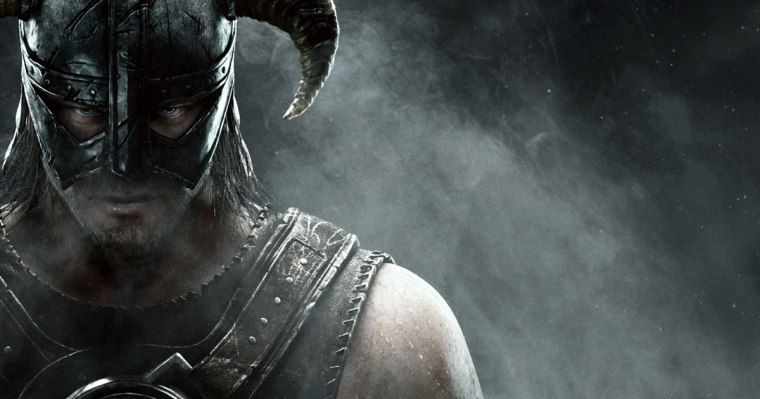
Skyrim
I could’ve added more Bethesda games but decided to stick with two franchises. Skyrim makes the list because of the volume of mods it has. One of 2017’s Skyrim the definitive edition’s biggest claims was that console players could use the thousands of mods available for PC gamers.
Additional content like side quests, companions, and houses are a nice touch, but the greatest mod may never come to fruition. One mod group is attempting to convert Elder Scrolls III: Morrowind to Skyrim’s graphic engine. It’s unlikely this mod will be released before Elder Scrolls VI and fans may not want it then, but a Morrowind add-on would be an incredible addition to an already stellar lineup of content.
There are so many games with so many mods. If you can think of one, reprogram me into a fire-breathing dragon. Or you can leave a comment. If you’d like to read more of our content, you can modify your email by subscribing.




